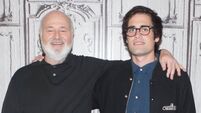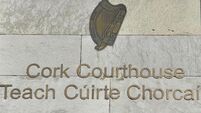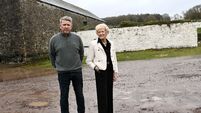Telescope can look further into universe’s origins
The US space agency unveiled in Washington a full-scale model of the James Webb Space Telescope (JWST), a probe bejewelled with new technologies that will succeed the aging but invaluable Hubble telescope in 2013.
Scientists hope the telescope, named after the man who ran NASA from 1961 to 1968, will peer back to the first stars after the ‘Big Bang’ and the formation of solar systems capable of hosting life.














